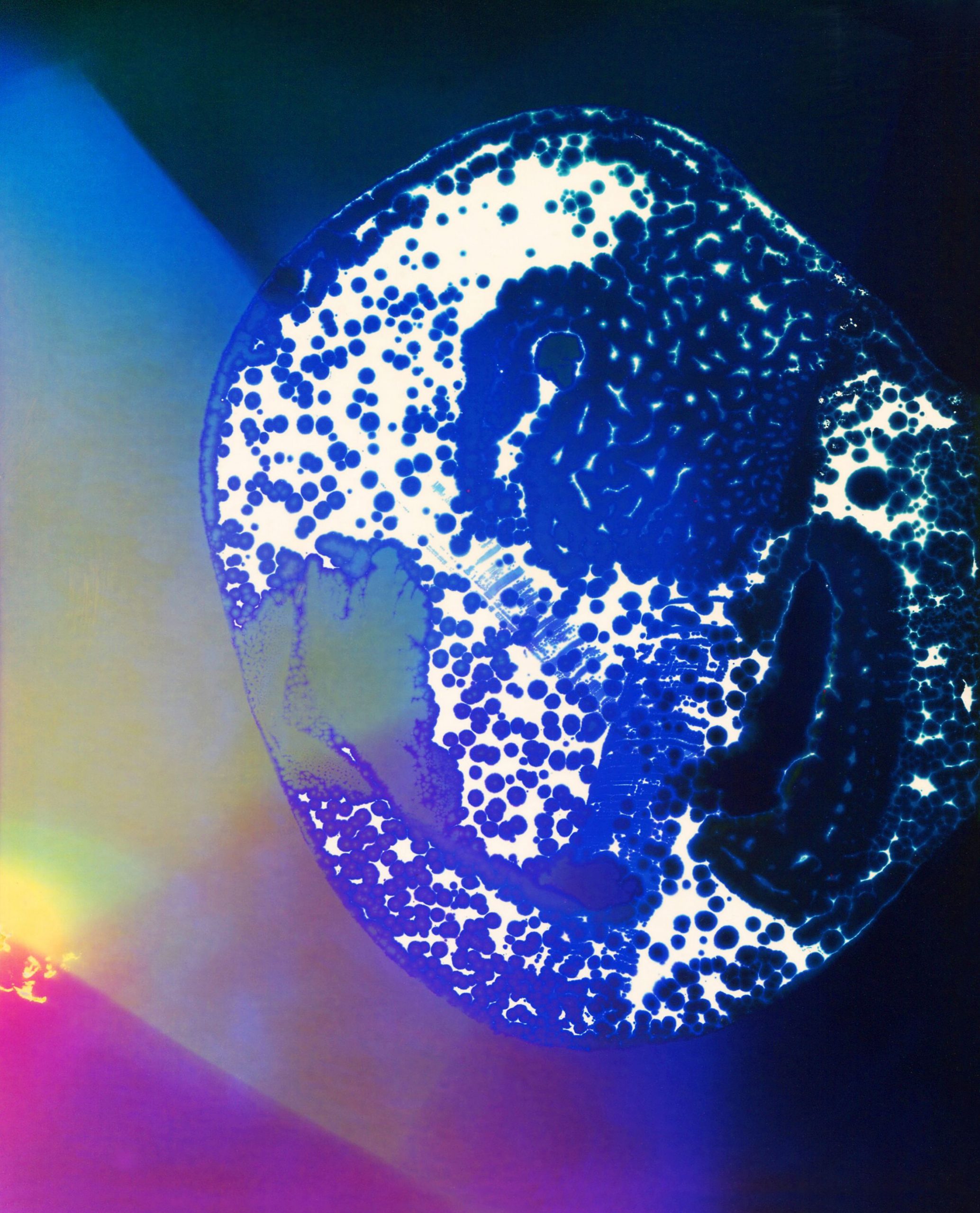If you were met with an abrupt “Sold out” while trying to restock your favorite scented candle this year, you weren’t alone. Home fragrances thrived in 2020, and one reason may be their subconscious effects. Aromatherapy—fragrance’s ability to passively modulate emotions—has never felt more necessary.
Unlike our other senses, with smell, we feel a scent before we identify it. Scents first pass over the olfactory bulb, which sits just behind the nasal cavity, then are processed by the amygdala and hippocampus (the centers for emotion and memory, respectively) before moving to the cerebral cortex (where we reason and make associations). “With scent, you can get an immediate emotional reaction and not even understand why,” says Rachel Herz, PhD, adjunct assistant professor of psychiatry and human behavior at Brown University and author of The Scent of Desire. In fact, a 2019 study in Scientific Reports showed that the smell of a park reduced stress better than its sounds or scenery. But there’s nothing special about, say, vanilla that makes it universally pleasing. We’ve just been conditioned to find it so “through a mechanism of learned associations, not a pharmacological effect,” Herz says. The reaction can be traced to infancy: Vanilla shares odorant molecules with breast milk and formula, an undoubtedly nurturing association.
Fragrance houses have studied the emotional connection to scent for years, using intel from physiological research (one study found that lavender measurably reduced blood pressure in patients just out of open-heart surgery) and consumer perception panels (participants in a 2014 study rated pumpkin pie spice and Chanel N°5 as the two most nostalgia- evoking scents). More recently, researchers have been able to map how scents actually impact the brain.
The Nue Co.’s aptly titled Functional Fragrance, developed in partnership with the fragrance and flavor developer Firmenich and the University of Geneva’s Brain and Behaviour Laboratory, leveraged brain activity data on de-stressing scents obtained via MRI, body heat sensors, and verbal associations. The earthy mélange of palo santo, cardamom, and bergamot (blended by the same nose behind the cult-loved Le Labo Santal 33) launched in 2018, but sales spiked 112 percent year-over-year this past March, at the onset of the pandemic.
There’s also a decidedly more low-tech way to find your olfactive trigger: “If a scent is associated with a positive experience, it’ll be perceived as pleasant,” Herz says. Unable to visit her mother during quarantine, Herz sought out her signature scent instead: “Being alone at home, we’ve had to turn to more interior things to cope with daily life.” All the more reason to take a deep breath.
Source: The Antidote To Your Anxiety Might Be Right Under Your Nose: How Scent Improve Daily Life













